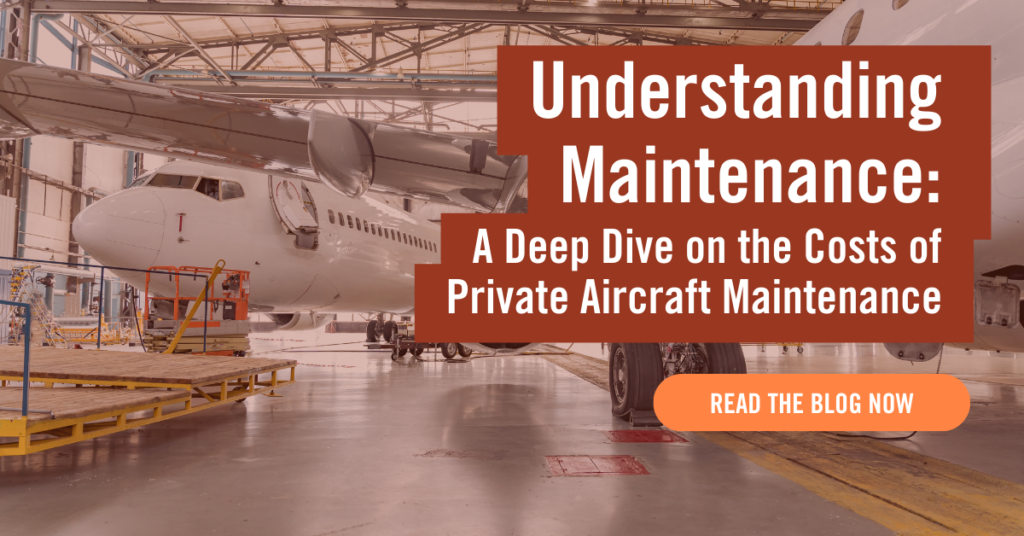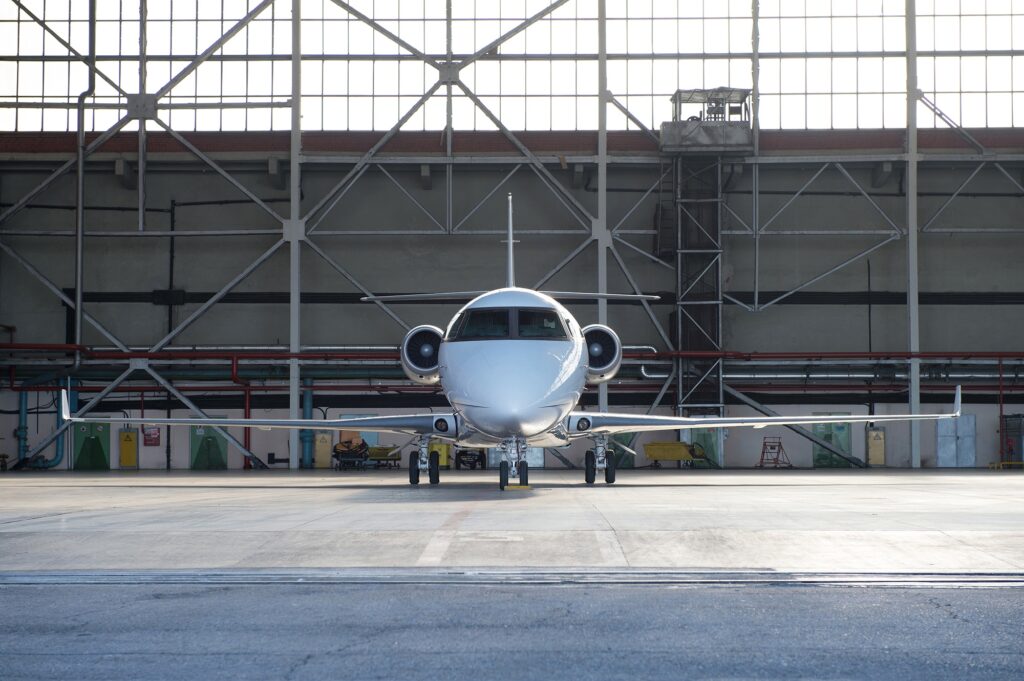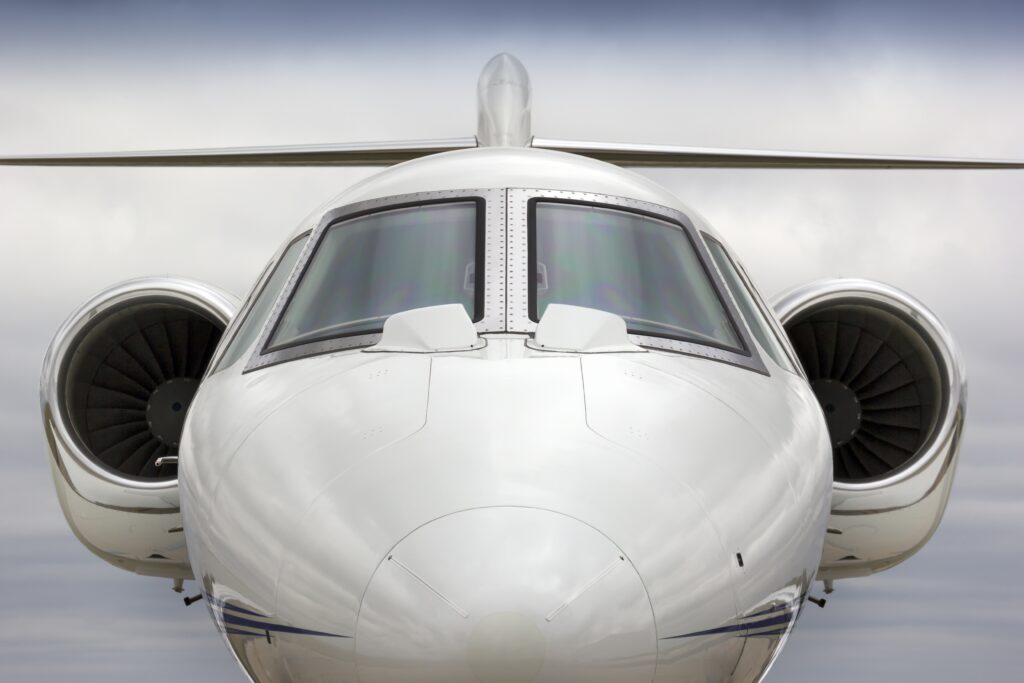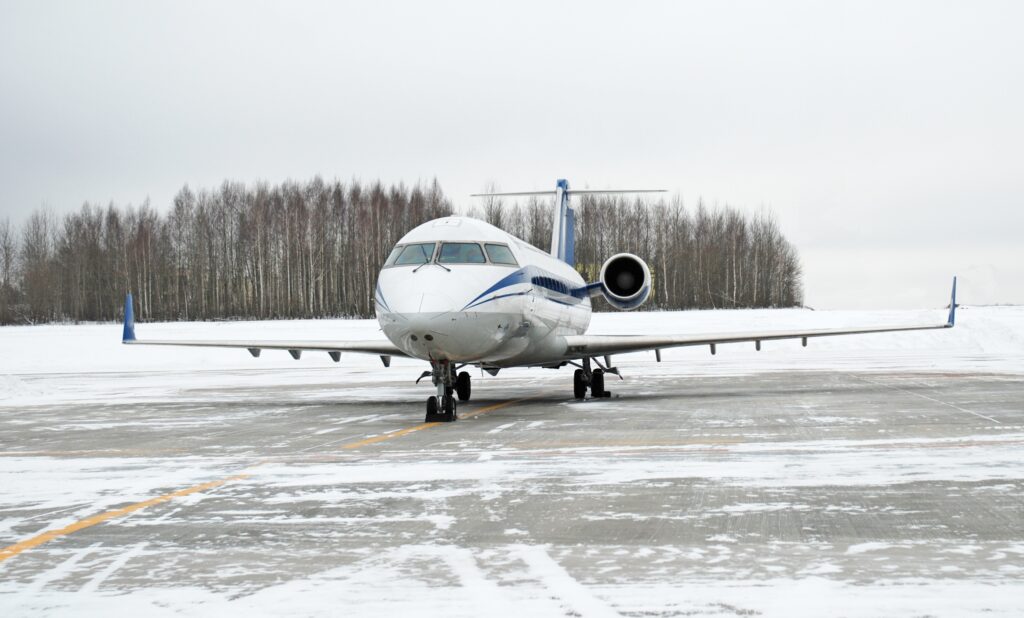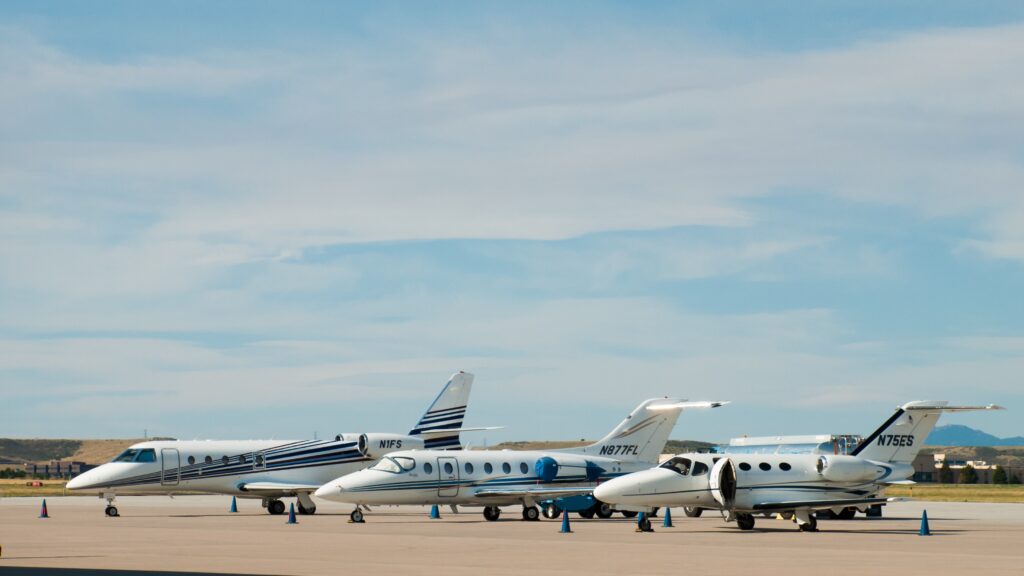Owning a private aircraft is a dream investment for many. The freedom of the skies, the ability to travel at a moment’s notice, and the prestige it brings are undeniably alluring; however, the often overlooked yet significant costs of aircraft maintenance lie under the allure of flying high.
Discovering the true costs of upkeep is crucial in managing the full spectrum of airplane ownership. This comprehensive blog post will guide potential buyers through the expenses involved in maintaining a private aircraft. When considering purchasing a private airplane, it’s important to make informed decisions that set you up for confidence in your ownership. Check out our Buyer Readiness Quiz to be instantly evaluated on where you are on your path toward ownership.
Understanding Private Aircraft Maintenance
The Role of Maintenance in Safety and Value
A well-maintained aircraft is a safe aircraft. Maintenance not only keeps you in the air but also plays a pivotal role in preserving the value of your investment. An aircraft’s maintenance history is closely scrutinized by potential buyers, and a comprehensive record often translates to a higher resale value.
Navigating the Regulatory Skies
The Federal Aviation Administration (FAA) in the United States and its global counterparts enforce stringent aircraft maintenance regulations. Understanding and complying with these standards is non-negotiable for all aircraft owners, serving as a framework for the maintenance plan discussed in this blog.
Types of Maintenance
Routine Maintenance
This category includes the regular, planned work intended to prevent wear and potential failure of your aircraft. Routine maintenance also helps to keep your aircraft compliant with the latest airworthiness directives and safety regulations.
Unscheduled Maintenance
Unscheduled maintenance is repair work that is unplanned and often prompted by unexpected incidents, such as mechanical failures or the discovery of a problem during a routine inspection.
Upgrades and Modifications
Aircraft are not static; innovations and regulatory changes may prompt you to update or modify your systems to improve performance, safety, and operational efficiency.
Factors Influencing Maintenance Costs
Aircraft Type and Size
The cost of maintaining a Boeing 747 will undoubtedly differ from that of a Cessna 182. Larger and more complex aircraft inherently demand more intricate maintenance procedures and, subsequently, greater costs.
Time in the Sky and on the Ground: Aircraft Age
Older aircraft may require more frequent and costly repairs. Components like engines and avionics have a limited operational lifespan and will need replacement over time. In addition, certain components become more scarce as the aircraft ages. Replacing these components can add additional costs and downtime if not properly maintained.
Using the Airplane as Intended: Operational Use
Personal use implies less strenuous wear on the aircraft than commercial use, leading to lower maintenance costs.
Hangaring Around the World
The place where you store and maintain your aircraft can substantially impact its cost. Labor rates, parts availability, and hangar fees can vary widely depending on the location.
Cost Breakdown of Aircraft Maintenance
Diving into Direct Costs
Direct costs of maintenance include labor, parts, and tools. Labor rates can range from $100 to $300 per hour, while parts can cost tens to hundreds of thousands, depending on the component.
Indirect Costs Take Time and Money
Downtime during maintenance means hours your plane is out of the sky. This time equates to lost revenue for charter operators and lost opportunities for personal users. Transportation and temporary replacement costs add to this figure, illustrating the indirect costs that can’t be overlooked.
Advanced Technologies Impacting Maintenance Costs
Predictive Maintenance—Seeing the Future to Save on the Present
By leveraging sensor data and analytics, predictive maintenance can forecast components’ failures, allowing for preemptive repairs before they disrupt your flying schedule or deplete your wallet. Manufacturers are investing in advanced analytics more recently as technology is expected to improve even more in the near future.
Software Solutions—Organizing and Overseeing
The evolution of software tools offers aircraft owners the ability to manage their maintenance schedules proactively and efficiently track the costs, helping to better understand and control expenditure.
Conclusion
By understanding these costs, aspiring owners can make informed decisions, ensuring their aviation dreams take off on solid financial ground. Remember, while the upfront cost of a plane may be substantial, the ongoing expense will define your experience as an aircraft owner. It is a trek best embarked upon with budgets well-planned and contingencies in place. Consulting with industry professionals can provide personalized strategies to manage and optimize your aircraft’s maintenance costs.
Understanding and planning for these costs is an investment in the full scope of private aviation, from the safety and value of your aircraft to your own peace of mind, as the true freedom of the skies should not be grounded by unanticipated financial turbulence.
When considering purchasing a private airplane, it’s important to make informed decisions that set you up for confidence in your ownership. Check out our Buyer Readiness Quiz to be instantly evaluated on where you are on your path toward ownership.

